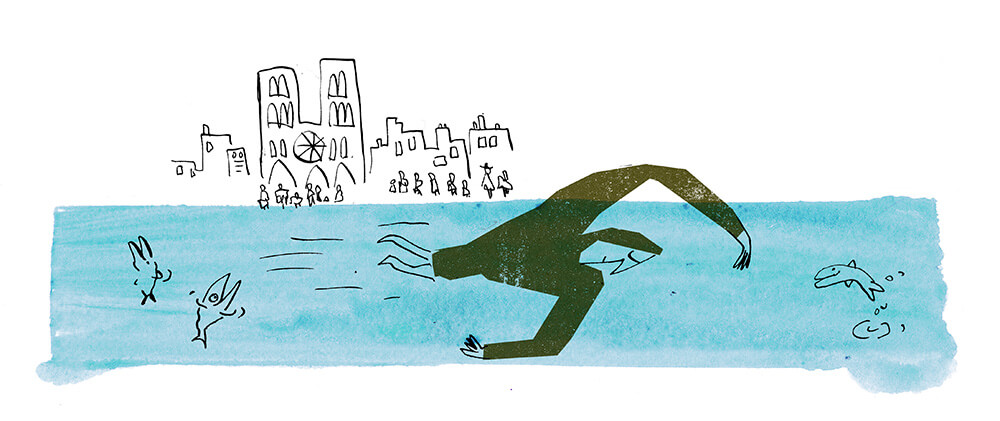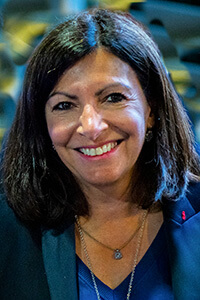 One of the ways that the International Olympic Committee (IOC) plans to meet its goal of hosting the most sustainable Olympics in history is through a policy of using what is already there — 95 percent of Olympic venues will be existing or temporary structures, said IOC’s Marie Sallois.
One of the ways that the International Olympic Committee (IOC) plans to meet its goal of hosting the most sustainable Olympics in history is through a policy of using what is already there — 95 percent of Olympic venues will be existing or temporary structures, said IOC’s Marie Sallois.
One of the most spectacular venues is one that has been there since the birth of the city — the Seine, which flows through the French capital and is considered by many to be the most romantic river in the world. And next year — following a massive $1.5-billion clean-up — for the first time in more than a century, swimmers will race in the river in the Olympic Summer Games.

Ridding the Seine of dangerous levels of pollution will leave an ecological legacy, Paris Mayor Anne Hidalgo has said. (Jacques Paquier, CC BY 2.0 via Wikimedia Commons)
Swimming races were held in the Seine in 1900 when Paris first hosted the Olympic Summer Games. But by the time the city hosted the Olympic Summer Games for the second time in 1924, swimming in the Seine had been officially banned because of high levels of water pollution. The current clean-up is one of many undertaken in the last 30 years, but is the biggest and most ambitious, accelerated by the river’s starring role in Paris 2024, which includes the Opening Ceremony. For the first time in the history of the Olympic Summer Games, the Opening Ceremony will not take place in a stadium — spectators can watch from the banks of the Seine as a flotilla of boats carrying athletes from around the world passes landmarks like the Eiffel Tower and Notre Dame in a nearly 4-mile-long procession.
Making the Seine swimmable in time for Paris 2024 has the city of Paris racing the clock, connecting thousands of households and houseboats to the city’s sewer system and constructing mammoth catchment basins for stormwater, among other improvements. Three open-water swimming events scheduled to take place in the river were relocated last summer, after heavy rain overwhelmed the sewage system. But other test events “were very successful,” Sallois said.
Ridding the historic river of dangerous levels of pollution will leave an ecological legacy that goes far beyond Paris 2024, according to Anne Hidalgo, the mayor of Paris, who proposed swimming in the Seine as part of the city’s Olympic bid. Due to clean-up efforts, the number of fish species in the Seine already has increased from two to 30, Hidalgo told CNN. And in 2025, the city plans to open the river to public swimming, which will not only restore a beloved tradition for Parisians — “my mother swam in the Seine,” Sallois told Convene — but give residents a way to cool off during increasingly sweltering summers. Paris recorded the highest temperature in its history — 108 degrees Fahrenheit — in 2019.
Swimming in the Seine “happened in the past,” Sallois said, “and it will happen again.”
Barbara Palmer is deputy editor of Convene. Illustration by Serge Bloch.
 More Paris 2024 Olympic and Paralympic Games Coverage
More Paris 2024 Olympic and Paralympic Games Coverage
These stories are all part of the December 2023 Convene CMP Series and cover story. Convene will periodically check in with the progress of next year’s Olympic Games, one of the largest events in the world.
